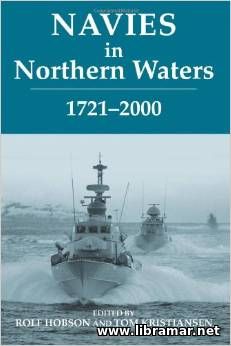 During the past several centuries the importance of the North, Baltic, Barents and Norwegian Seas together with the North Atlantic region has continually grown looking from both commercial and strategic points of view. The rapid expansion that took place in the colonial and European merchant trade, exploitation of the various natural resources and industrialization have all made all countries adjacent to the waters mentioned above seriously dependent on the sea and all of those countries have developed their navy fleets in order to protect the state interests.
Subject development was also considered an element in their state systems directly linked to the maritime and continental power balance. The maritime law grew out of this link and associated tensions. While sharing the maritime interests, the above stated countries still differed in most of the other respects. It shall be noted that the strategic and economic importance was not necessarily reflected in their naval strengths. The content of the book has been arranged in several major sections covering the most important and relevant aspects of the navy fleets that used to operate in the Northern waters in the time period addressed, i.e. last three centuries.
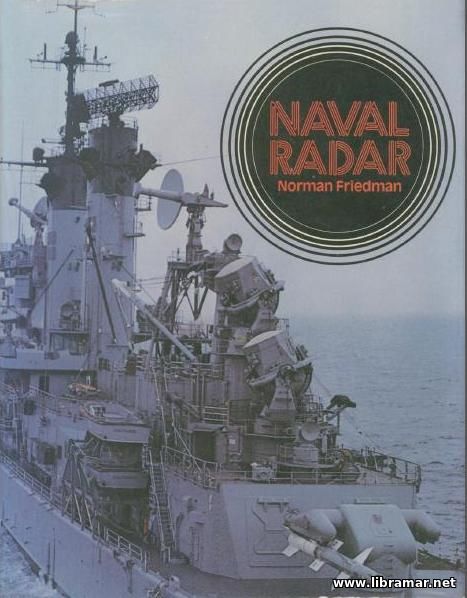 The author of this volume, Norman Friedman, has prepared its content attempting to provide the readers with clear and understandable descriptions of the array of naval radars from their inception in 1937 to the present, and to examine some of the ideas behind their designs and also behind the way in which they have been mounted aboard warships. Some major pieces of non-radar electronics will also be described and illustrated.
Nearly all radars operate by sending out a stream of pulses made up of short radio waves; the pulses reflect off objects, and the radar detects them on their return. Since radio waves travel through the atmosphere at a constant and very high speed, the short time interval between pulse and reception measures the distance to the radar target.
The radar system, then, consists of a pulsing sources of electrical energy coupled to an antenna which emits corresponding radio pulses in a more or less well-defined beam; and a receiver to detect the returning echo and use it to operate some kind of display device. Each of these simple descriptions hides enormous technical problems, only some of the solutions to which will be touched on here. A must-have volume for the naval history enthusiasts and professional historians...
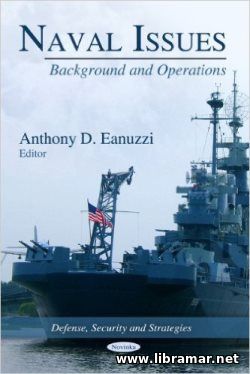 A Navy, sometimes referred to as a maritime force, is one of the most important branches of any armed forces that is mainly designated for the naval warfare plus amphibious warfare and their related functions, including any operations commonly conducted by the vessels and submarines, together with the seaborne aviation.
The present publication contains the discussions on the most important issues related to the United States Navy, covering the associated warfare plus counter-terrorism operations, ship construction plans and structure of the Navy, etc. The first chapter is dedicated to such the important aspects as the planned size of the US Navy and the rate of ship procurements plus prospective affordability of the ship construction plans of the Navy.
The second chapter tells about the Navy ship names while the next one is dedicated to the aircraft carrier program on the United States Navy, particularly first three nuclear-powered vessels, namely CVN-78/79/80. Four remaining chapters of this interesting volume are dealing with the procurement of the SSN-774 Virginia class submarine, new cruiser and modernization of the destroyer, DOD leases of the ships build abroad, irregular warfare etc. The information contained in the book will be interesting to all enthusiasts of the naval warfare and will also be of some interest even for the experienced specialists.
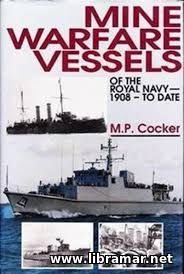 For many decades the navigable waters of the world have been traversed by ships of all nations in peace and in war. and during the peace ships have foundered by stress of storm far loo often. With the commencement of war. the hazards of the sea are increased many times by reason of the weapon known as the sea mine, or mine. The evolution of the mine is dealt with briefly later in this chapter, but despite the swept channels, the seas are still dangerous today from mines that have been laid by ships of many nations.
In the early 20th century the British Admiralty decided that the threat from the weapon of the weaker power, for such was the mine described, was now loo well known and foreseen on too large a scale to be ignored. Consequently, in 1908 the Board decided that a number of the smaller vessels of the Fleet such as ships of the "Alarm", "Dryad" and "Sharpshooter" classes should be converted into minesweepers.
From information gained by the trials and experimentation with the purchased trawler Oropesa II and its minesweeping gear, additional trawlers were purchased from commercial owners. The other need was in the provision of minelayers; here, the Royal Navy has always depended on requisitioned vessels to a large extent, although a number of classes of minelayers have originated from Admiralty designs and conversions of existing ships of the Fleet...
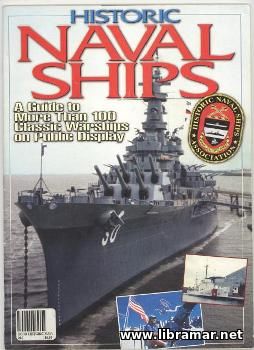 The HNSA, standing for the Historic Naval Ships Association, was originally established more than fifty years ago with the intention of its members to promote the preservation and also the exhibition of more than a hundred of naval ships homeported from Sydney to Athens and from Corpus Christi to Toronto.
The HNSA comprises one of the strongest naval fleets in the world including battleships and aircraft carriers, submarines and cruisers, frigates and destroyers, Victory and Liberty class vessels, corvettes, cutters, motor torpedo boats etc. As it is implied in the title of the book, it will provide readers with the technical information covering more than a hundred of classic naval warships on public display.
The main content of the publication is starting with the introductory chapter providing some general overview of the HNSA and the alphabetical listing of the vessels addressed in the pages of the volume. The very first naval warships selected for preservation and further exhibition in America were the USS Oregon and USS Constitution.
Each of the vessels covered within this publication is provided with the information on the class, launching date and place, main dimensions and armament, and other relevant data plus some narrative text that will definitely be greatly appreciated by all people with the interest in this field...
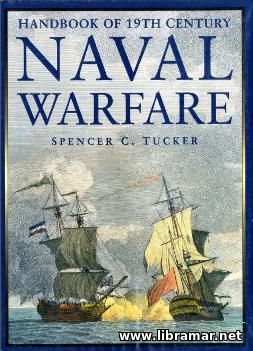 Numerous great technological developments and advances have been made in nearly every field of the maritime military activities in the historical period 1793-1914. At the very beginning of the XIX century the Napoleonic wars did mark the top point of fighting sail as well as wooden ship hulls. By the end of the XX century, heavily armed warships with the iron hulls and oil-fired burners, that were driven by the screw propellers, pointed the future of the naval warfare.
This publication contains an excellent, very informative and heavily illustrated narrative text addressing that truly crucial transition phase, mainly focusing on the evolution of the vessels and their ordnance. The publication is opening with the brief yet comprehensive summary of the technology and tactics plus strategy in the early XIX century, followed by the informative accounts of the Napoleonic wars together with the most important factors leading to the naval supremacy of the Great Britain.
He has also provided readers with a clear description of the revolutions following the naval ordnance, iron hulls and means of ship propulsion, underwater warfare, also providing the review of the naval situation that existed prior to the World War I, demonstrating how exactly those changes played out during the American-Spanish, Japanese-Sino and Japanese-Russo wars. The document concludes with the explanation of the balance in the world navy forces by the start of the First World War...
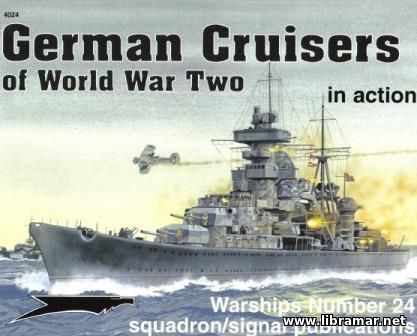 The cruisers that fought in World War Two descended from sail-powered frigates. These vessels were designed for long-range independent operation to gain information about the movement of an enemy's fleet, to raid an enemy's commerce, or to track down and defeat an enemy's commerce raiders. This led to the famous frigate vs. frigate duels of the American Revolution and the War of 1812, in which the advantage generally went to the Americans.
This was due to the stouter construction and slightly larger guns of their frigates, including USS CONSTITUTION, better known as "Old Ironsides". Generally, a successful cruiser was a ship possessing high endurance and enough speed to outrun anything bigger, enough power to defeat anything its own size. It also had enough protection to survive encounters with any number of smaller units without disabling damage. Meeting this set of requirements with steam-powered metal ships was far more difficult than with wind-powered wooden ships. High-speed from a steam engine can only be achieved at the expense of range. Unlike sail powered ships, whose range was limited only by the amount of food and water carried for its crew, steam-powered warships consumed coal or oil at rates directly related to the ship's speed.
The more armor and armament a ship carried, the more fuel it took to achieve a particular speed. Even at most economical consumption rates, a cruiser-sized ship could never achieve the independence of operation synonymous with the frigates they replaced, without the ability to refuel at regular intervals. This led to the development of networks of coaling stations in all the places a navy might expect to operate and points in between. Colonial expansion before the advent of steam had concentrated on sources of wealth, including the gold of South America and the spices of India and the East Indies. Now parts of the world that had previously been of little interest - including the coast of Africa and Pacific islands - became the objects of intense competition between expansionist colonial powers. This competition led directly to World War One.
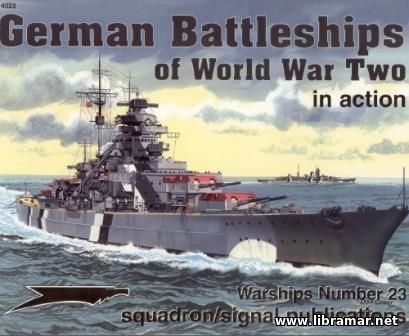 The present historical publication is dedicated to the Kriegsmarine, which is the original name of the German Navy. Subject branch of the German Forces was actually the smallest of the three branches of Wehrmacht with which Germany started the war back in 1939, two other branches of the German Armed Forces were the famous Luftwaffe in the air and Heer on land.
At that time, the Americans, Japanese and British armed forces all had much larger and powerful navy fleets, and the German Navy rested in the second rank together with the Italian and French fleets. There were several cultural and historical factors considered the reason for such situation. First of all, the navy fleet of the Imperial Germany constructed before and during the First World War, was truly formidable and forced the British into serious expenditures for maintaining their primacy at sea. After the defeat of Germany in 1918, the Allied forces did not intend to allow Germans to build a navy fleet again as it would one day be able to challenge the Great Britain's command of the sea.
As a result, Germany had been forced to surrender all of the warships and was only left with a rump fleet that consisted of a few old cruisers and battleships... The text part of the book worked out by the naval expert Robert Stern has been supplemented with the excellent and informative illustrations by Darren Glenn.
« 1 2 ... 5 6 7 8 9 10 11 » |







